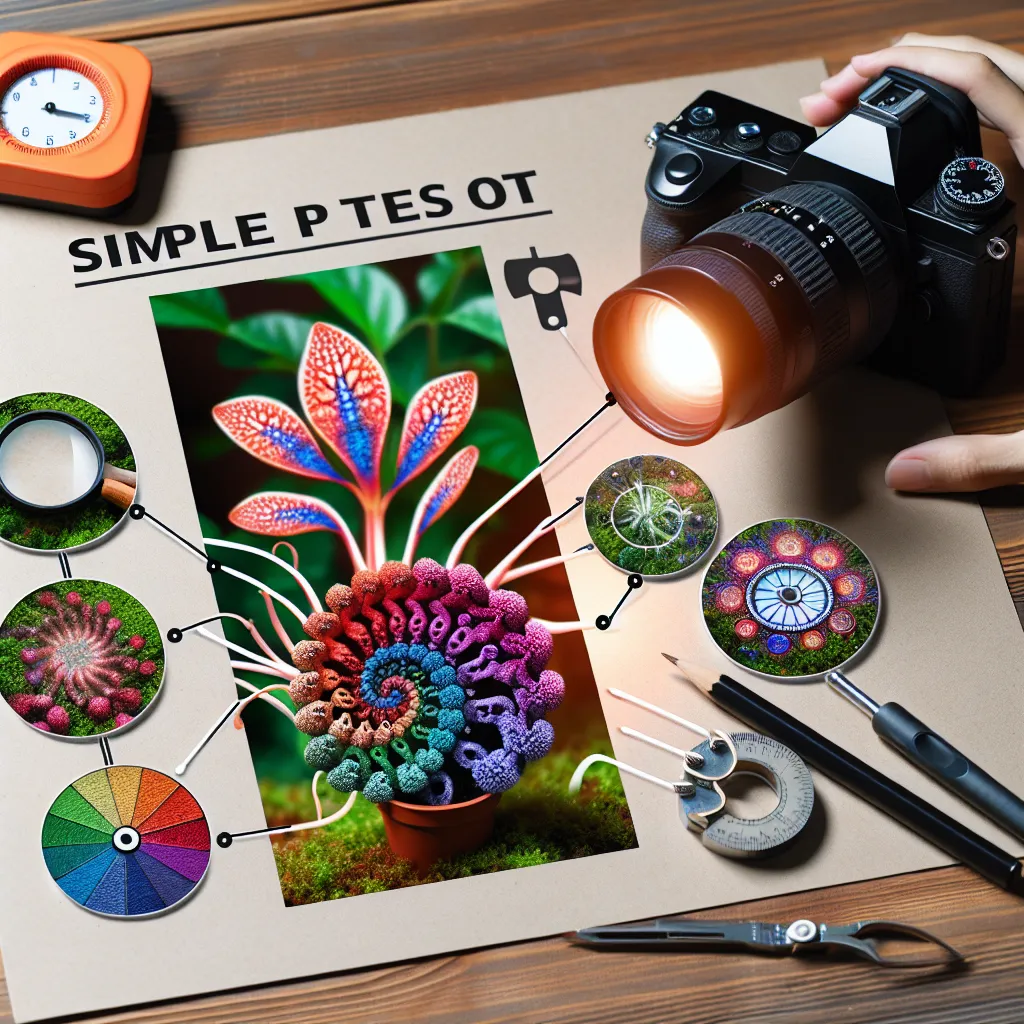Understanding Macro Photography
Macro photography involves capturing close-up images of typically small objects. The resulting image is larger than life-size, revealing minute details that are usually invisible to the naked eye. From the intricate patterns of a butterfly's wings to the delicate contours of a flower petal, macro photography is a window into a fascinating microcosm.
Equipment Needed
While specialized macro lenses can offer the best results, you don't necessarily need to invest in expensive equipment to get started. A standard DSLR or mirrorless camera can work just fine. Additionally, you can use a reversing ring to mount your lens backward, which can transform your regular lens into a macro lens.
Step 1: Choose Your Subject
Your subject can be anything from a flower in your garden to a piece of jewelry. Ideally, choose a subject that has interesting textures or patterns. Remember, in macro photography, the beauty lies in the details.
Step 2: Set Up Your Camera
Place your camera on a tripod to ensure stability. This is crucial as any slight movement can blur the image due to the close distance between the lens and the subject. Then, switch your camera to manual mode so you can adjust the aperture, shutter speed, and ISO according to your needs.
Step 3: Adjust Your Camera Settings
A small aperture (high f-number) will give you a greater depth of field, ensuring more details of your subject are in focus. However, this also means less light is reaching the sensor. To compensate for this, you can use a slower shutter speed or a higher ISO. Be careful with the ISO though, as a very high ISO can result in a grainy image.
Step 4: Focus Manually
Auto-focus can be unreliable in macro photography due to the close working distance. Therefore, switch to manual focus. It allows you greater control and precision. You can adjust the focus ring on your lens until your subject is sharp.
Step 5: Experiment and Practice
Like any other art form, macro photography requires practice. Experiment with different subjects, angles, and lighting conditions. With time, you'll learn to see the world from a new perspective, finding beauty in the smallest details.
Conclusion
Macro photography can be a rewarding hobby, offering a fresh perspective on everyday items. So, get your camera ready and start exploring the world of the tiny and the intricate. Remember, the key to mastering macro photography, like any other art, is patience and practice.



